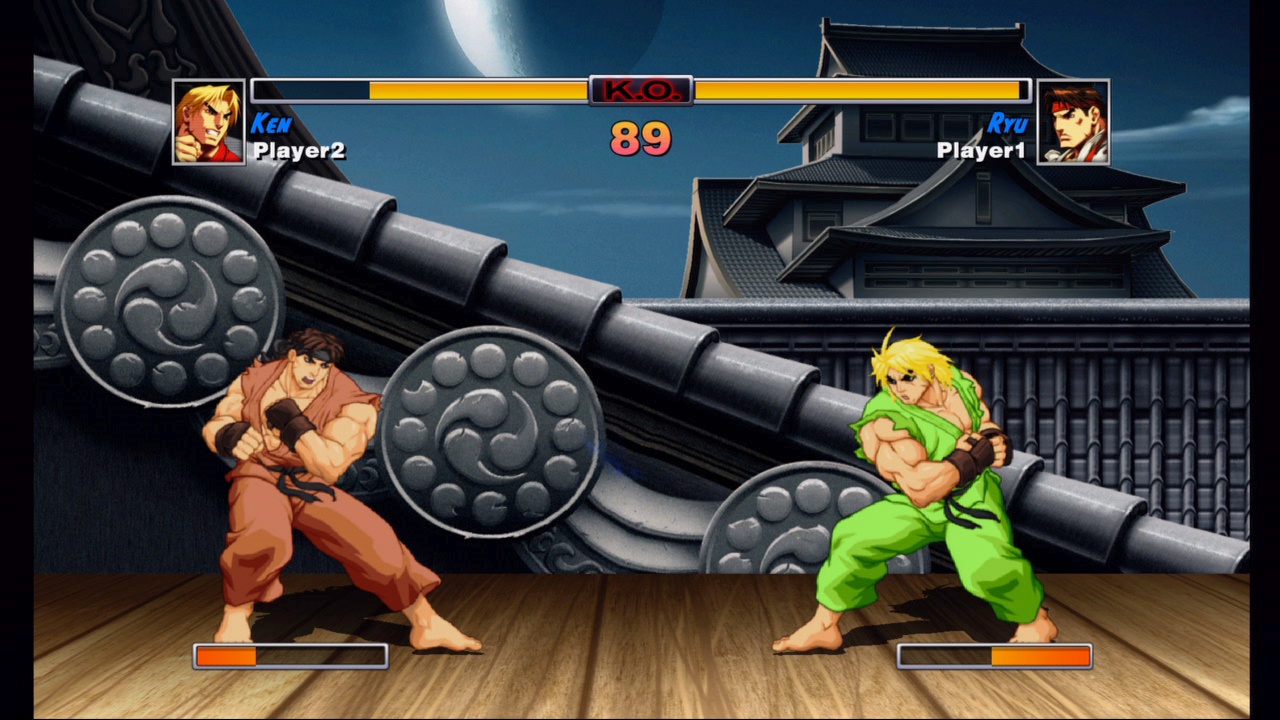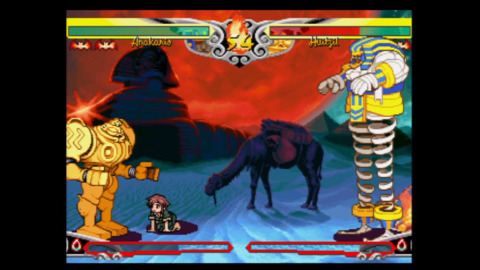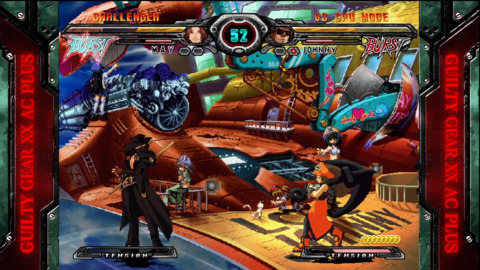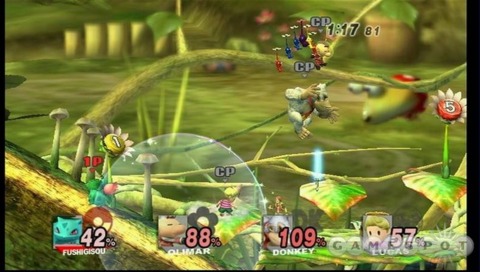A Stage Is Worth a Thousand Words
Fighting game stages once spoke volumes about the characters they represent. Why is this so uncommon in modern fighters?
What can E. Honda's bathhouse in Street Fighter II tell us about his character? What about Fulgore's factory from Killer Instinct, or Scorpion's hellish lair from Mortal Kombat?
In the early years of the fighting genre, many games assigned individual stages to each cast member. These arenas were custom-tailored to reflect the warrior's personality. A pile of flaming skulls or demonic minions would tip you off to a warlord's nefarious intentions, while a tranquil meadow or moonlight vista advertised the exact opposite.
These arenas were often the bulk of a fighting game's storytelling. Barring a quick ending sequence or a blurb in the manual, the most information you were likely to find on a fighter was in his/her/its design and stage. Character-specific stages were a creative means of embellishing a fighter's history.
Many classic fighting games used stage design to great effect; here are some examples:
Street Fighter: Ryu's Stage
Calm. Sparse. Traditional. Ryu's rooftop stage is a perfect representation of the man himself. He is a focused warrior who lives not for worldly possessions but for perfecting his ancient martial art. The arena's serenity and isolation illustrate Ryu's elevation of fighting above all other distractions. This is the quintessential stage for the quintessential fighter.
Darkstalkers: Anakaris' Stage
While other stages may illustrate this point better, this stage in Darkstalkers 3 always stood out to me. Anakaris is a lonely creature unstuck from time, fighting atop the tomb of his ancestors. The oversized moon overhead hints at his supernatural origins, while the light off the sphinx's back implies a new dawn rising for his people upon Anakaris' return.
Guilty Gear: May's Stage
As Guilty Gear's roster grew, the developers got practical about character-specific stages by tying multiple fighters to a single arena. The May Ship--home of May and Jonny--reveals the high-flying lives of these sky pirates. The ship's guns show they're ready for war, but the goofy graffiti from the crew highlights their childish nature. Other versions of this stage show additional ships in the distance, hinting at the full size of this pirate fleet.
Super Smash Bros.: Olimar's Stage
The Smash Bros. series does a consistently good job of distilling entire game franchises down into single stages. The Pikmin stage shrinks the fighters down and exposes them to some of the same hazards found in Olimar's native game. Even if you've never played a Pikmin game, you quickly learn the value of bottle caps, and how deadly a Bulborb can be.
As the fighting genre has grown, there has been a shift in stage design. Cooking up 59 stages for the entire roster of Tekken Tag Tournament 2 would require an unreasonable amount of resources, so it's no surprise larger rosters have curbed character-specific stages. In their place, fighting games have still produced some very exciting arenas, including an elevator into outer space and a court of elephants surrounding the Taj Mahal.
However, I believe there is a missed opportunity here. Instead of building several stand-alone locations, adding an overarching narrative to their design would help build a more interesting world. The Mortal Kombat series has done a great job of this. From the living forest to Shang Tsung's throne room, each location is unique while remaining consistent within the same universe. Together these stages build a terrifying vision of a world governed by violence.
People play games, even fighting games, for different reasons. Some are content just playing the bare-bones training stages over and over, free from distraction. Others need something to hook them up front before they're ready to start mastering the mechanics. A unified stage design that builds a cohesive world is another way to entice players who may otherwise pass on the fighting genre.
'Got a news tip or want to contact us directly? Email news@gamespot.com




Join the conversation